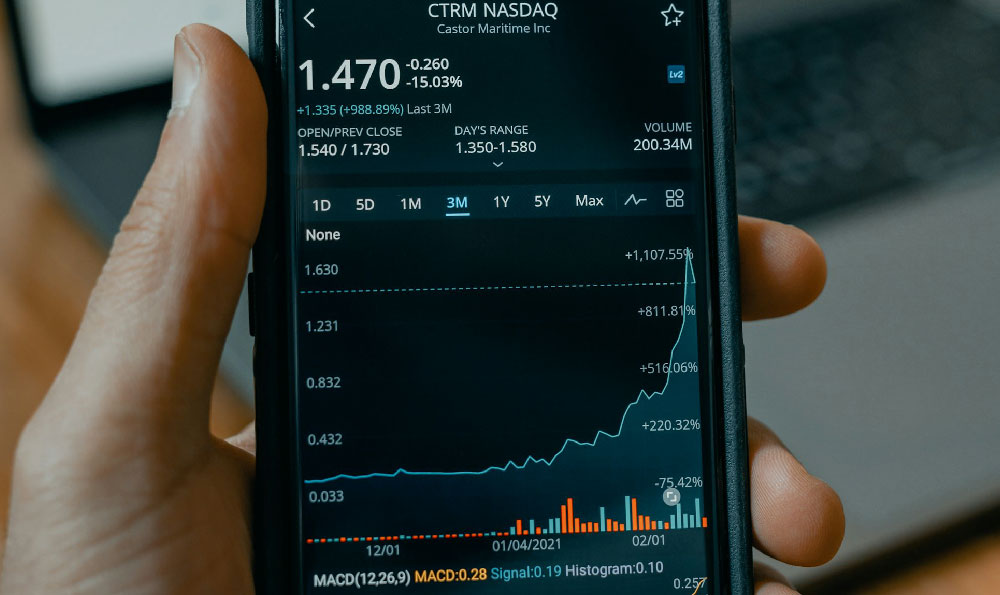How Much Can You Earn While on Medicaid?

Living under the umbrella of Medicaid can present unique challenges when it comes to financial planning, yet it also opens opportunities for strategic investment. While the program is designed to provide healthcare coverage for low-income individuals, it does not inherently restrict recipients from engaging in wealth-building activities, including participation in the cryptocurrency market. However, understanding the intricate relationship between Medicaid eligibility and financial decisions is crucial to navigating this landscape effectively. This article explores how individuals on Medicaid can pursue cryptocurrency investments without jeopardizing their benefits, while also maintaining a balanced approach to financial growth and risk management.
Medicaid’s income and asset thresholds are a critical factor to consider. The program determines eligibility based on a combination of gross income, household size, and available resources. For individuals residing in states that adhere to federal guidelines, the maximum monthly income limit for a single person typically ranges between $1,500 and $2,000, though this can vary significantly depending on the state and specific program structure. Cryptocurrency investments, inherently volatile and often subject to fluctuating market conditions, may complicate this equation. Income derived from crypto trading or holding could potentially push recipients over the eligibility limit, especially if the market experiences sharp gains. Therefore, a careful analysis of income sources and their reporting mechanisms is essential. It’s worth noting that some states have adopted more lenient frameworks for evaluating income, which may allow for greater flexibility in managing financial assets without immediate repercussions.
From a legal standpoint, Medicaid does not explicitly prohibit investment in digital assets. However, the program’s rules are designed to ensure recipients are not financially gainful to the extent that they no longer qualify. The key issue lies in the classification of crypto earnings as income. For example, if an individual receives a cryptocurrency gift or generates profits through trading, these may be counted toward their gross income, especially if they are cashed out into fiat currency. This could inadvertently result in a loss of Medicaid benefits due to exceeding income limits. While some states have enacted policies that distinguish between financial gains and primary income, it’s often necessary to consult with a certified Medicaid advisor or a financial planner to understand the nuances of local regulations.

Investing in cryptocurrency requires a level of risk management that is particularly important for individuals on Medicaid. Given the high volatility of digital assets, a diversified approach is necessary. This could involve allocating only a small percentage of one’s savings to crypto investments, ensuring that the remaining funds are stable and sufficient to maintain eligibility. Another strategy is to use crypto as a long-term asset rather than a speculative tool, focusing on the potential for value appreciation while avoiding the pitfalls of short-term price fluctuations. Additionally, it’s crucial to consider the tax implications of crypto earnings. In the United States, profits from cryptocurrency trading are generally subject to capital gains tax, which could further impact one’s financial position.
To mitigate the risk of losing Medicaid eligibility, individuals may explore alternative methods for managing their crypto investments. For instance, using tax-loss harvesting to offset gains in other investment areas, or investing in cryptocurrencies that do not generate immediate taxable events. Some states also offer programs that allow individuals to access funds for specific purposes without affecting their overall income calculation. For example, homeownership programs or micro-investment tools designed for low-income households might provide avenues for generating income without crossing eligibility thresholds. These alternatives can help recipients achieve financial growth while maintaining their access to essential healthcare services.
Another aspect to consider is the potential for long-term financial stability. While the crypto market is known for its short-term volatility, there are opportunities for sustainable growth. For instance, investing in blockchain technology, DeFi platforms, or non-fungible tokens (NFTs) might offer diversified returns across different sectors of the digital economy. This approach requires a deep understanding of market trends, technological advancements, and the associated risks. It’s also important to recognize that the cryptocurrency market is heavily influenced by economic conditions, regulatory changes, and global events, which can impact the value of investments.
In conclusion, while Medicaid recipients can engage in cryptocurrency investments, it’s essential to balance potential gains with the risk of affecting eligibility. A strategic, informed approach to investing, combined with proactive communication with local authorities, can help individuals achieve financial growth without compromising their access to critical healthcare benefits. By prioritizing long-term stability, employing risk management techniques, and staying compliant with local regulations, recipients can navigate the complexities of the crypto market while protecting their financial and health interests.















